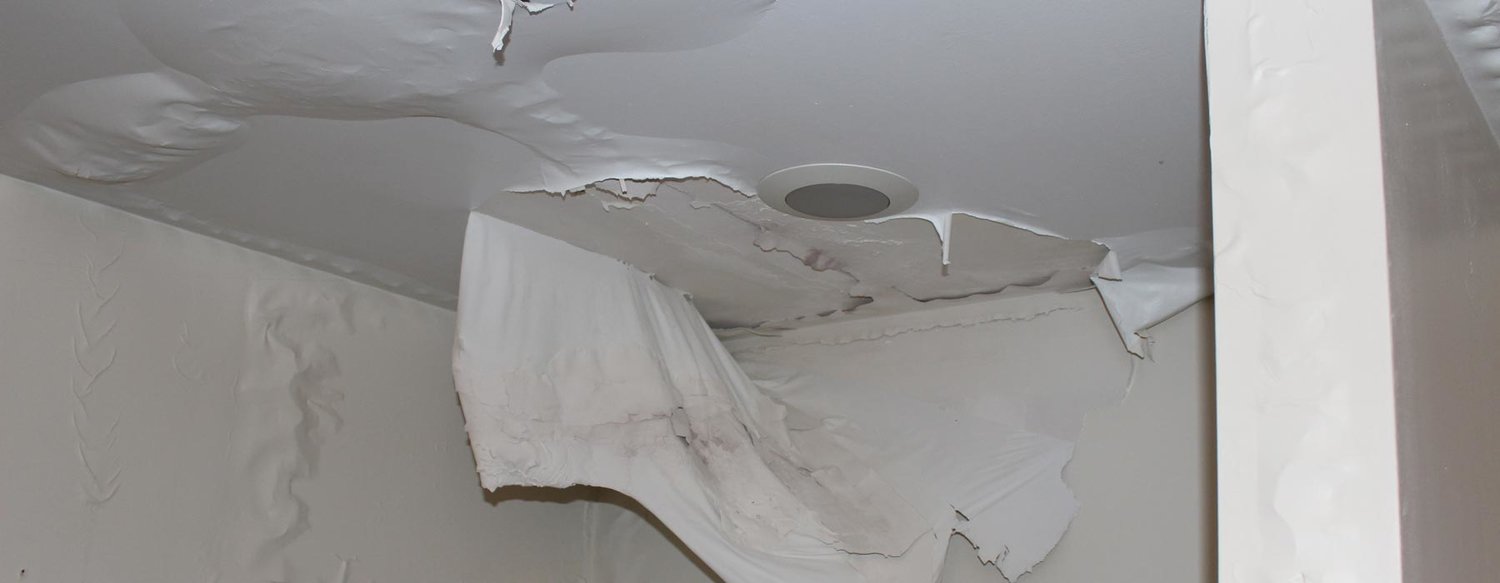Each person maintains their personal conception involving Safety Tips To Prevent Fire And Water Damage.

Water provides life, water breach on components where it's not supposed to be can result in damage. If the water saturates right into your framework, it can peel off away surfaces as well as deteriorate the structure. Mold as well as mold also flourish in a moist setting, which can be unsafe for your health. Homes with water damage smell mildewy and also old.
Water can originate from many sources such as typhoons, floodings, ruptured pipelines, leakages, as well as drain issues. In case you experience water damage, it would be excellent to know some safety and security preventative measures. Below are a couple of guidelines on how to deal with water damages.
Do Prioritize House Insurance Coverage Protection
Water damages from flood dues to hefty winds is seasonal. You can likewise experience a sudden flooding when a malfunctioning pipe instantly ruptures into your residence. It would be best to have residence insurance policy that covers both disasters such as natural tragedies, as well as emergencies like damaged plumbing.
Don't Neglect to Shut Off Energies
In the event of a disaster, particularly if you live in a flood-prone location, it would be suggested to shut off the main electric circuit. This cuts off power to your entire house, protecting against electrical shocks when water can be found in as it is a conductor. Don't forget to transform off the primary water line shutoff. When floodwaters are high, furniture will certainly move around as well as cause damage. Having the major shutoff turned off protects against further damages.
Do Stay Proactive as well as Heed Weather Condition Alerts
Storm floodings can be really unpredictable. If there is a history of flooding in your area, remain ready and also proactive. Pay attention to discharge cautions if you live near a lake, river, or creek . Take out belongings from the very beginning and also basement, then put them on the highest possible level. Doing so reduces potential residential property damages.
Don't Neglect the Roofing System
You can stay clear of rainfall damages if there are no holes and also leaks in your roof. This will protect against water from streaming down your wall surfaces as well as saturating your ceiling.
Do Take Note Of Small Leaks
A burst pipe does not happen overnight. You may observe gurgling paint, peeling off wallpaper, water streaks, water stains, or dripping noises behind the wall surfaces. Have your plumbing fixed prior to it results in enormous damages.
Do Not Panic in Case of a Ruptured Pipeline
Maintaining your presence of mind is important in a time of dilemma. Because it will stifle you from acting quick, stressing will only intensify the issue. Timing is key when it comes to water damages. The longer you wait, the even more damage you can anticipate. Hence, if a pipe bursts in your home, right away shut down your main water valve to cut off the source. Unplug all electrical outlets in the area or transform off the circuit breaker for that part of the home. Call a reputable water damage restoration specialist for aid.
Water provides life, water intrusion on components where it's not meant to be can result in damage. Residences with water damage smell old and also mildewy.
Water damages from flooding fees to heavy winds is seasonal. You may see gurgling paint, peeling wallpaper, water touches, water stains, or trickling noises behind the wall surfaces. When it comes to water damage, timing is key.
Some Do's & Don't When Dealing with a Water Damage
DO:
Make sure the water source has been eliminated. Contact a plumber if needed. Turn off circuit breakers supplying electricity to wet areas and unplug any electronics that are on wet carpet or surfaces Remove small furniture items Remove as much excess water as possible by mopping or blotting; Use WHITE towels to blot wet carpeting Wipe water from wooden furniture after removing anything on it Remove and prop up wet upholstery cushions for even drying (check for any bleeding) Pin up curtains or furniture skirts if needed Place aluminum foil, saucers or wood blocks between furniture legs and wet carpet Turn on air conditioning for maximum drying in winter and open windows in the summer Open any drawers and cabinets affected for complete drying but do not force them open Remove any valuable art objects or paintings to a safe, dry place Open any suitcases or luggage that may have been affected to dry, preferably in sunlight Hang any fur or leather goods to dry at room temperature Punch small holes in sagging ceilings to relieve trapped water (don't forget to place pans beneath!); however, if the ceiling is sagging extremely low, stay out of the room and we'll take care of it DO NOT:
Leave wet fabrics in place; dry them as soon as possible Leave books, magazines or any other colored items on wet carpets or floor Use your household vacuum to remove water Use TV's or other electronics/appliances while standing on wet carpets or floors; especially not on wet concrete floors Turn on ceiling fixtures if the ceiling is wet Turn your heat up, unless instructed otherwise

Hopefully you liked our section on Preventing Fires and Water Damage In Your Home. Thank you so much for taking time to browse our content. So long as you liked our blog posting if you please remember to share it. Thank-you for going through it.